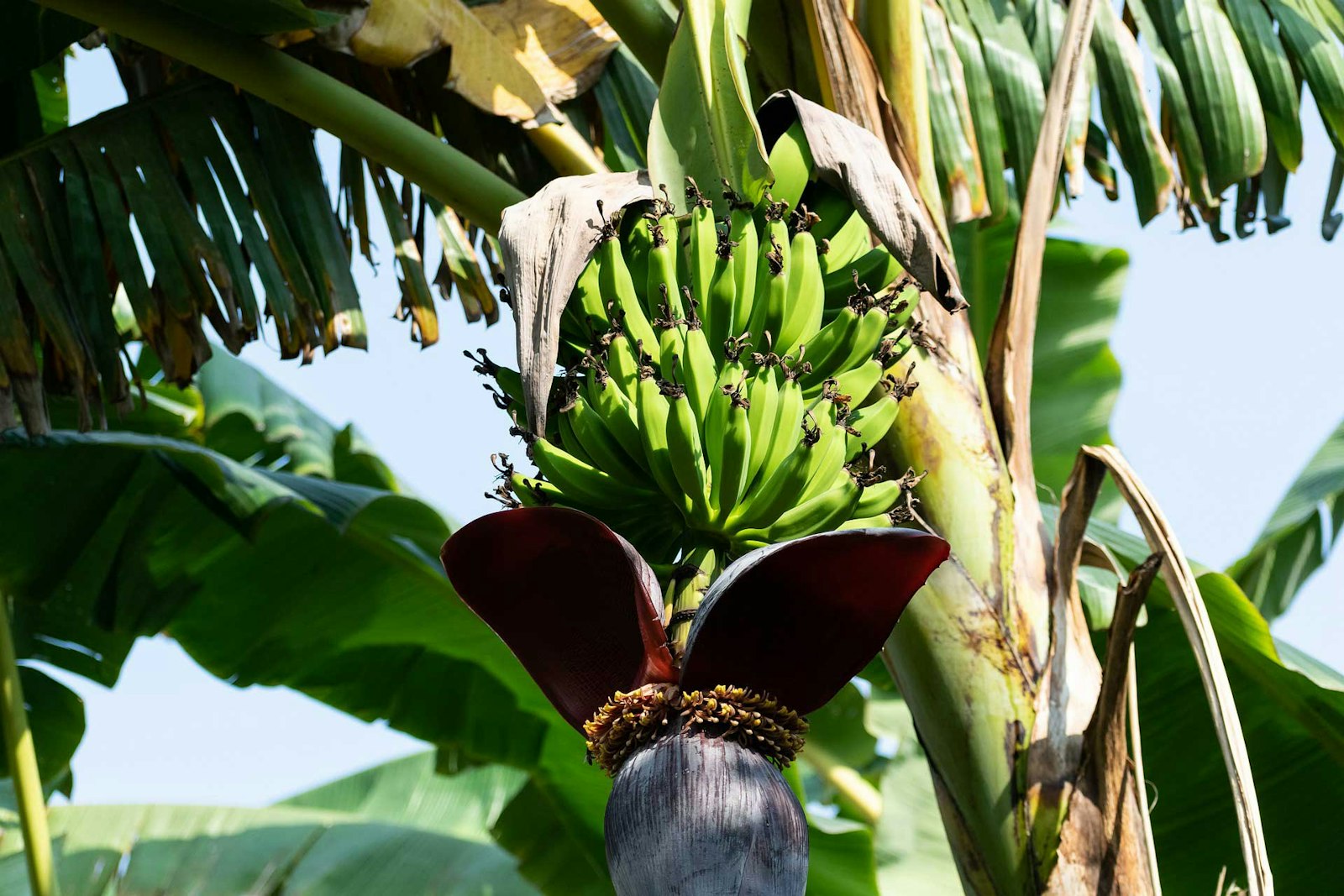__
Anne Podlesak's knitted designs regularly appear in Spin-Off and _Jane Austen Knits. _She is an indie dyer, designer, knitter, spinner and all-around fiber fanatic. She owns Wooly Wonka Fibers on the web and you can also find her on Ravelry as "bunnyspinner." We've invited her to share with you some of her insight into spinning with angora. 
Anne Podlesak is an indie dyer, designer, knittier, spinner and all-around fiber fanatic. Her designs regularly appear in Spin-Off.
_Anne: _If I said "I love spinning angora," would you wholeheartedly agree or look at me like I had lost my mind? While some spinners shy away from angora bunny fiber because they think it's "too difficult" to spin, nicely prepared angora fiber is an absolutely luxurious treat and blended with another fiber, it is much easier to spin.
 Anne's Damask Cowl is featured in the Fall 2013 issue of Spin-Off. The lining is a blend of silk and angora from her rabbit Newman. | |
|
|
One of my favorite preparations is a 50/50 blend of Tussah silk and angora bunny fiber. This yields a super soft yarn with a gorgeous drape. While it would be an outstanding fiber blend to use in something like a lace scarf, it's also perfect to spin up just an ounce or two and use it to line a cowl, the cuffs of mittens or the interior of a hat.
I used the services of a small mini-mill to process angora I had sheared from my German angora cross, Newman, resulting in an evenly blended silk/angora roving. Because Newman had a gorgeous silvery-gray coat, when mixed with the silk it yielded a pretty oatmeal-beige heather color.
 Anne's German angora, Newman. | |
German angoras are not combed or plucked, but rather, they are shorn like sheep using a small pair of scissors or clippers, several times a year. The longer staple length blends easily with silk or wool, and can be used even in small amounts in a blend (as little as 10% to 15%) and still add a lovely soft halo and insulating qualities. Adding a bit more twist into the singles than you normally would helps to hold them together, and slightly under-plying the singles allows the soft halo to form in the finished plied yarn. I also find a bath and some well-placed thwacking of the skein against the sink helps bring up that halo as well.
I think angora is the perfect way to sneak a little extra luxury into your cold-weather outfits. Who doesn't want a little bunny love wrapped around their neck as they trudge out into a cold, snowy morning?
—Anne

